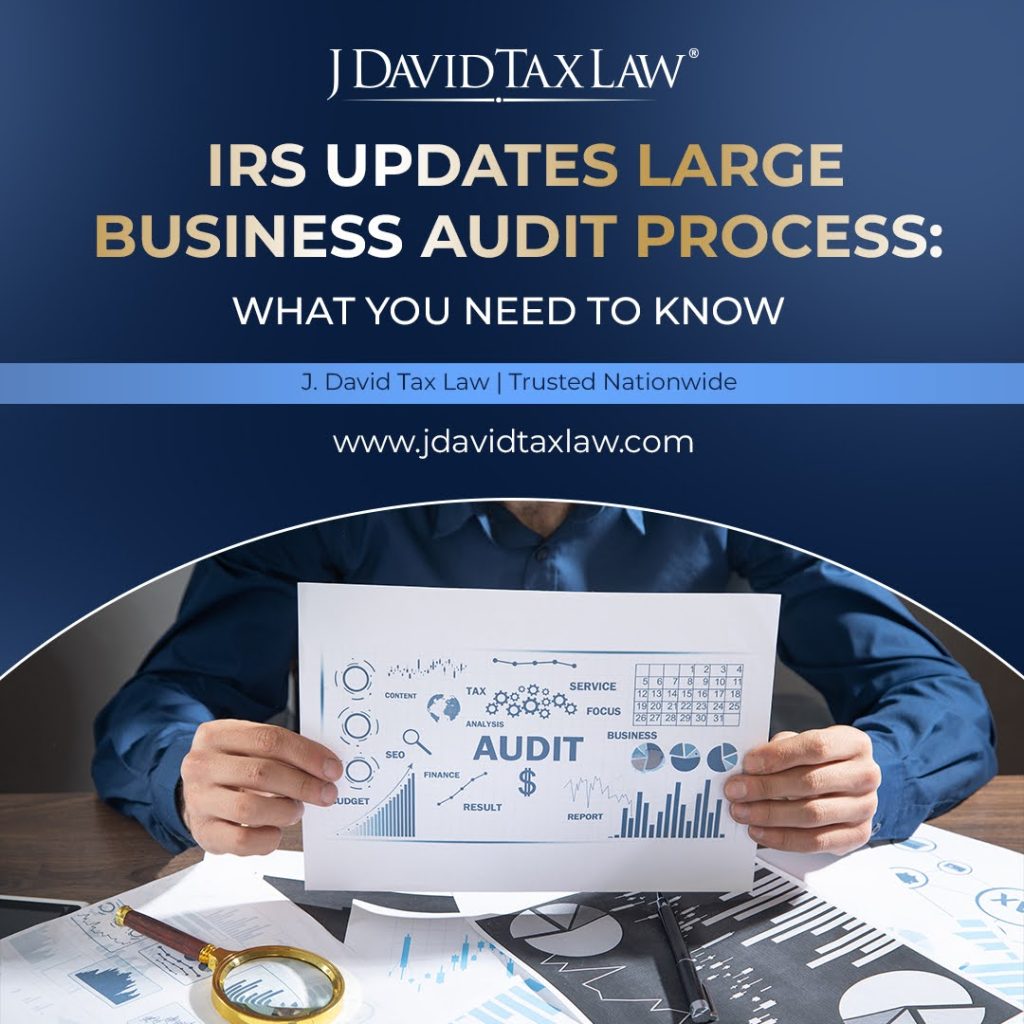Effective financial planning often involves managing tax debts wisely. While many focus on budgeting and investment strategies, an essential yet overlooked element is the statute of limitations on tax debt. This legal timeframe determines how long the Internal Revenue Service (IRS) can pursue the collection of unpaid taxes.
Once this period expires, the IRS can no longer legally pursue collection actions for the outstanding debt. This means that, if you are aware of and properly utilize the statute of limitations, you could reduce or even eliminate your outstanding tax debt without paying a penny more.
This blog outlines the intricacies of the statute of limitations on tax debt and how you can leverage it to your advantage.
Understanding the Statute of Limitations on Tax Debt
The statute of limitations for tax debt is set at 10 years from the date the tax is assessed. The “date of assessment” is the date the IRS formally records the amount of tax you owe. This usually occurs after you file your tax return or the IRS determines your tax liability.
So once it expires, the IRS loses its legal authority to pursue collection actions. Thus, effectively nullifying the tax debt.
Here’s a closer look at the factors that can extend or pause (toll) the statute of limitations period:
Bankruptcy: Filing for bankruptcy can toll the statute of limitations. The collection period is paused during the proceeding and resumes six months after it ends.
Offers in Compromise: Submitting an offer in compromise can pause the collection period while the IRS considers the offer.
Installment Agreements: In very rare circumstances, entering into an installment agreement with the IRS can affect the collection period. The IRS may extend the time they have to collect the tax debt in these rare circumstances.
CDP (Collection Due Process Hearing Request): Filing a collection due process appeal with toll the statute of limitations
Steps to Determine the Statute of Limitations on Your Tax Debt
Determining the statute of limitations on your tax debt involves a few critical steps. By following these steps, you can accurately assess when your tax debt will expire, potentially relieving you from the obligation to pay. Here’s a step-by-step guide to help you determine the statute of limitations on your tax debt:
1. Obtain a Transcript of Your Tax Account
The first step in determining the statute of limitations is to get a transcript of your tax account from the IRS. This document contains essential information about your tax assessments, payments, and other activities related to your tax account.
Here are some options/ways to request a tax transcript:
Online Request
Phone Request
Mail Request
2. Identify the Date of Assessment
The date of assessment is the critical starting point for the statute of limitations. This date is when the IRS officially records the amount of tax you owe.
Locating the Date of Assessment:
Review the “Account Transcript” you obtained. The date of assessment is typically listed under “Transactions” and may appear as “Return Filed & Tax Assessed.”
The date listed next to this entry is the official date of assessment. This also marks the beginning of the 10-year collection period.
3. Calculate the Statute of Limitations Expiration Date
Once you have the assessment date, you can calculate the expiration date of the statute of limitations. You can do this by adding 10 years to the assessment date to determine the standard expiration date.
Pay attention to the events that may have paused or extended the statute of limitations. This step is crucial to avoid miscalculations that could lead to incorrect assumptions about the expiration date.
You can reach out to a tax debt professional if you are unsure about interpreting the transcript.
4. Keep Detailed Records
Maintaining detailed records of your tax documents and interactions with the IRS is essential. These records can help you verify your calculations and provide evidence if any disputes arise.
Ethical Ways to Manage Tax Debt Until the Statute of Limitations Expires
For many, federal tax debt coincides with financial hardship. However, understanding the statute of limitations can offer a pathway to eventual relief.
While waiting for your tax debt statute of limitations to expire, it is essential to manage your financial situation carefully. Doing this in return can prevent accruing additional penalties and interest, and to stay compliant with tax laws.
Here are some strategies to manage your tax debt:
Understand your taxpayer rights and obligations (i.e. right to be informed, right to quality service, and right to pay no more than the correct amount of tax.)
Maintain compliance with current tax obligations
Negotiate with the IRS to set up a manageable tax debt relief payment plan
Protect Your Assets from possible federal tax liens and levies
Document IRS correspondence, payments made, and any actions taken regarding your tax debt.
Work with a tax debt settlement attorney from J. David Tax Law to negotiate with the IRS and develop a strategic plan to manage your taxes.
Do not engage in risky behavior (i.e. hiding assets and filing false returns) to avoid paying your tax debt.
4 Tax Debt Relief Options if You Do Not Qualify For Statute of Limitations
Offers in Compromise
An Offer in Compromise can be a great solution if you want to pay less than the full amount due and avoid liens altogether, as long as your offer is accepted. Keep in mind that only 34% of applicants get accepted through the IRS and to seek professional tax debt help to maximize your chances at a successful outcome.
It might even have a shorter timeline than other options, but it does require full financial disclosure and some money up front. Once your offer is accepted, you’ll need to stay compliant with all filing requirements and payments for the next five years to keep the agreement in place.
Installment Agreements
An installment agreement enables you to pay your tax debt over time in manageable monthly payments. This approach prevents immediate financial strain and ensures you stay in good standing with the IRS. It can be tailored to fit your financial situation and avoid severe collection actions. If you are in a partial pay installment agreement, your tax debt will reach the statute of limitations and expire before you full pay it.
Tax Debts up to $50,000
For debts up to $50,000, you can secure a fixed monthly payment without worrying about liens or disclosing your finances. Plus, the agreement is flexible—you can renegotiate with the IRS if your financial situation changes, all while keeping your assets protected.
Tax Debts up to $250,000
If your tax debt is between $50,000 and $250,000, there’s still a way to protect your assets while making manageable payments. Though the IRS will file a Notice of Federal Tax Lien, they usually won’t push for a higher payment. It’s a practical approach to keeping your finances secure while working through what you owe.
Currently Not Collectible Status
With no monthly payments required the IRS’s Current Not Collective status could be the relief you need. This option is not as quick as an offer in compromise, but it’s a smart, long-term approach to potentially paying less than the full amount you owe. Keep in mind, you’ll need to provide full financial disclosure, and the IRS might file a Notice of Federal Tax Lien if your balance is over $10k. The statute of limitations continues to run while you are in this status with the IRS. Sometimes, the tax debt will expire without paying anything on it.
Bankruptcy
As a last resort, declaring bankruptcy can discharge some or all of your tax debt. This option is considered a last resort due to its impact on credit score and future financial prospects. Eligibility depends on the age of the debt and your financial situation.
Make sure to consult with a tax debt expert before making these decisions as this can have a devastating toll on a tax payer’s long term finances or look into other options that may better suit your specific tax debt situation.
Conclusion
The statute of limitations on tax debt can be a powerful tool in managing and potentially reducing your financial obligations. However, it’s not always applicable to every situation.
When the statute of limitations doesn’t provide the relief you need, exploring alternative solutions is necessary to resolve your actual tax debt.
No matter your circumstances, proactive management and seeking professional advice are crucial steps to take control of your tax debt.
Here at J. David Tax Law, we specialize in helping taxpayers navigate their tax debt challenges with personalized solutions. Our team of experts is ready to assist you in finding the best path to financial freedom.
Contact J. David Tax Law today at (888) 342-9436 for a free consultation and discover how our experienced team can help you navigate your tax challenges.




















